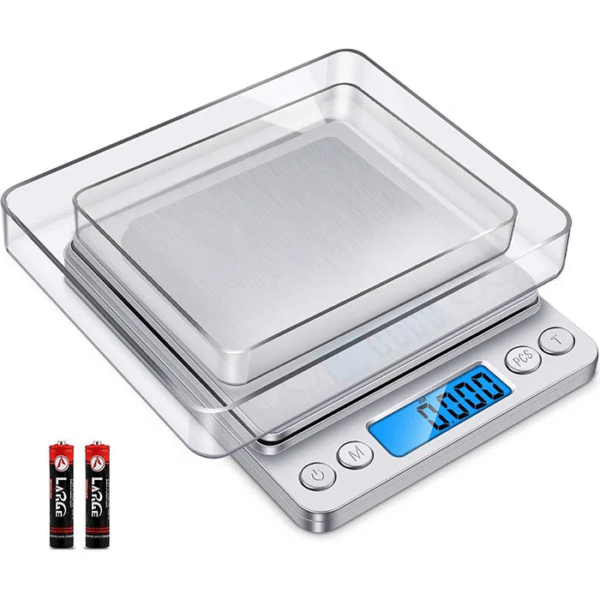
What Is the Difference Between Analog and Digital Weighing Scales
What Is the Difference Between Analog and Digital Weighing Scales?
If you're asking “analog vs digital weighing scales—what’s the difference?”, this guide dives deep into how they work, their advantages and disadvantages, best use cases for Uganda, maintenance needs, costs, and why Smart Weighing Scales is your go-to supplier.
How Analog and Digital Scales Work
-
Analog scales operate mechanically. They often use springs, levers, or beams; when weight is applied, mechanical components move a dial or pointer to indicate weight.
-
Digital scales rely on electronic sensors—load cells or strain gauges—to convert physical force into electrical signals, which are processed and shown on an LCD or LED display.
Pros and Cons: Analog vs Digital
Digital Scale Advantages
-
Features like tare, weight memory, auto calibration, multi-unit readout
-
Easier to read, including decimals
-
Compact and portable
-
Connectable to computers or printers via USB/RS232
Digital Scale Disadvantages
-
Require power (batteries or AC/DC)
-
More expensive upfront
-
Sensitive to environmental factors—dust, humidity, uneven surfaces
-
Require proper cleaning and occasional calibration
Analog Scale Advantages
-
No power needed; fully mechanical — reliable in rural, off-grid areas
-
Simple and rugged; low maintenance
-
Generally lower price
Analog Scale Disadvantages
-
No advanced functions like tare or memory
-
Manual calibration required, reading errors likely
-
Less versatile in modern trade environments
Real-World Examples and Insights
From Reddit user experiences:
“My older analog scale showed me at 225 lbs. My new digital scale said 237. Turns out the analog was under‑reading consistently.”
“Digital scales can fluctuate if placed improperly or if batteries are low; analog may be consistent but lack precision.”
These experiences highlight that while analog scales are simple, they often give inaccurate readings without clear feedback.
Which Should You Choose in Uganda?
Use a digital scale if you need:
-
Trade accuracy for retail, groceries, butcheries
-
Legal-for-trade UNBS compliance
-
Features like tare, memory, printing
-
Portability with rechargeable batteries
Use an analog scale if you:
-
Have no stable power in rural or field sites
-
Just need a rough weight estimate, not trade-certified usage
-
Prefer minimal maintenance and low upfront cost
Price Comparison in Uganda (UGX)
| Scale Type | Capacity/Type | Price (UGX) |
|---|---|---|
| Analog Spring Scale | 100kg hook/dial | 250,000 – 400,000 |
| Beam Balance | 1kg–10kg triple beam | 400,000 – 700,000 |
| Digital Tabletop | 30kg retail model | 280,000 – 400,000 |
| Digital Health/Baby Scale | 20kg to 200kg | 400,000 – 1,200,000 |
| Digital Platform | 300kg–1000kg | 950,000 – 2,800,000 |
Where to Find Analog or Digital Scales in Uganda
Smart Weighing Scales Uganda offers both analog and digital calibrated options:
-
Full warranty and free calibration
-
Factory pricing and delivery across Uganda
-
Product demos and educational videos on YouTube
Shop directly:
Tips for Maintenance & Accurate Usage
-
Use digital scales on a level hard surface
-
Avoid placing on mats or soft floors
-
Calibrate regularly using certified weights
-
Clean scales often to prevent dust or debris buildup
-
Reset tare before every measurement
-
Keep batteries charged or replace regularly
-
Place on same exact spot every time for consistency
